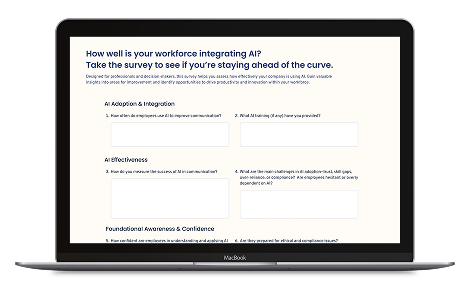WD Communications

Brand statements are mini introductions intended to start conversations and connect with readers. Effective statements are more than lists of self-descriptive strengths posted on LinkedIn. Reading between the lines and behind initial wording of these statements often reveals more meaningful, human-interest content with benefits to readers.
Writing about ourselves can be a tough task. While communication-style assessments provide valuable insights and common language for brand statements, first drafts tend to get stuck on trendy wording like collaborative, innovative, strategic, positive, and resilient.
What do these words mean in the context of our daily interactions? Do others experience us in the same ways that we intend related to our self-descriptors?
Asking trusted peers, managers, or clients for constructive feedback during our writing process can feel awkward; but this is brand and relationship building in action.
Tips for Seeking Brand Feedback
Writing is a revisionary process—as is branding. While highlighting passions and strengths makes sense, any strength maximized can become a weakness. Acknowledging our human potential to trend in either direction prefaces our personal brands.
Tips for Writing & Revising Brand Statements
Writing brand statements in proverbial pencil makes sense too. We keep revising as our career chapters evolve within different roles, teams, and company cultures.
Interested in learning journeys or coaching sessions on Personal & Team Branding?
Contact Jill Mazza: jmazza@wdcommunications.com
Take the survey to see if you’re staying ahead of the curve.
Take the Survey